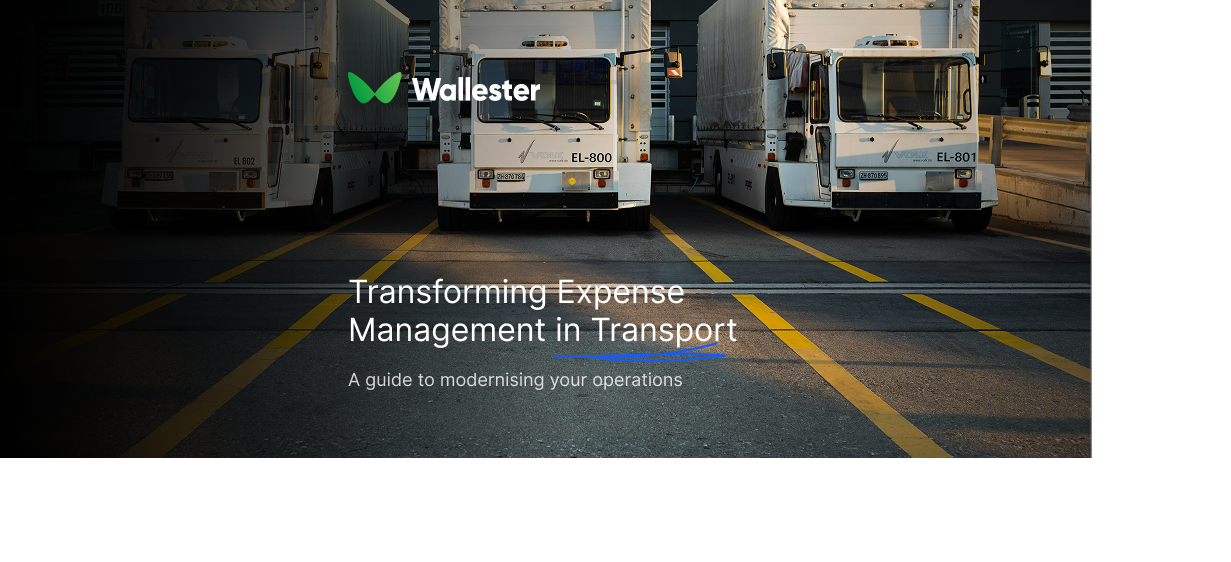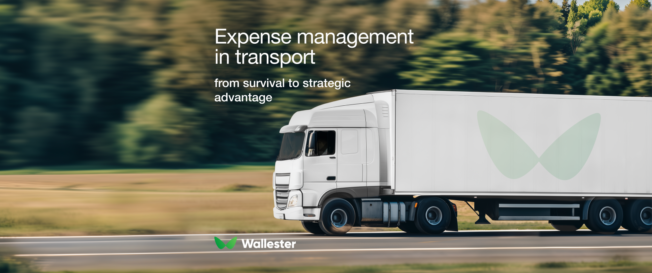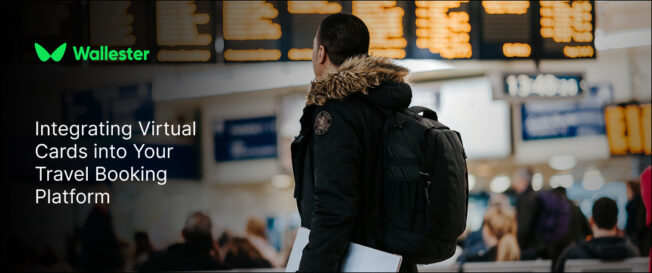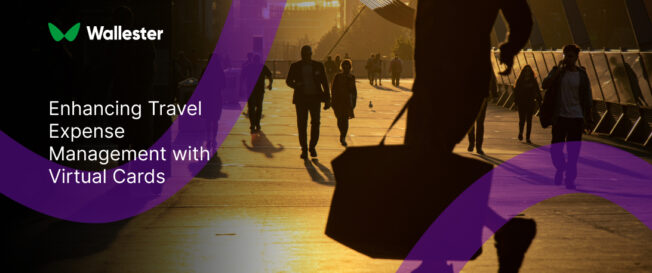Did you know that the international road transport market barely grew 0.3% in 2024… whilst operating costs increased by an average of 1.2% across the EU?
It’s Monday morning, and July’s figures don’t add up again. Fuel expenditure exceeded projections, receipts are scattered everywhere, and your drivers are still awaiting reimbursement.
This scenario repeats itself across thousands of European firms. The international road freight market experienced modest growth of 0.3% in 2024, reaching €130,322.4 million. According to the IRU (International Road Transport Union), operational costs have risen quarter-on-quarter, with average growth of 1.2% for the EU, particularly affecting vehicle insurance (3%) and labour expenditure (1.2%).
With these figures in mind, it’s evident that the difference between thriving and merely surviving no longer lies in working harder, but in managing every pound spent more effectively.
The Unique Challenges of Expense Management in Transport
While traditional businesses handle consistent outgoings at fixed locations, haulage operates as a mobile office, where every financial decision occurs on the move, without direct supervision, and with multiple variables beyond control.
Operational Complexity and Geographic Dispersion
A single journey can involve fuel purchases at different stations, variable tolls depending on the route, meals across various countries, and unexpected repairs. Consequently, tracking and oversight become enormously complicated when drivers act as cash managers even as they’re on the road.
Unpredictable Spending and Cross-Border Transactions
Unlike other sectors, haulage faces highly variable and unpredictable outlays. According to European Commission studies on cross-border deliveries, approximately 25% of retailers report that distribution costs represent between 6-25% of their turnover for international sales, compared to 15% or less for domestic transactions.
The Hidden Cost of Manual Processes
According to the European Commission’s Directorate-General for Mobility and Transport, logistics costs represent between 10% and 15% of the final value of products in the EU. Portions of these expenses could be reduced by eliminating administrative barriers that hinder cross-border haulage. However, many firms continue to manage their expenditure through manual processes, such as paper receipts, transfers, and physical reimbursements, which generate errors, delays, and poor visibility. The lack of automation limits operational efficiency and makes informed decision-making difficult.

Key Strategies to Modernise Expense Management in Transport
The unique challenges of haulage require specific solutions. These strategies have proven effective in reducing administrative overhead and enhancing financial visibility in logistics firms worldwide.
Control the Spend at the Source
Avoiding disorder begins at the moment money is spent. If you get this right from the start, everything else falls into place smoothly.
- Assign cards by vehicle or role, not by person. When a driver changes routes or a vehicle rotates between shifts, maintaining cards associated with the role or vehicle—rather than the individual—prevents confusion and improves traceability. Platforms such as Wallester Business allow for the issuance of physical or virtual cards and their flexible assignment, adapting to the real pace of operations.
- Establish spending limits and category controls. Can it only be used for refuelling? Or for maintenance, but not for unauthorised purchases? Setting rules by expenditure type reduces diversions and avoids unnecessary discussions with the team. These restrictions can be configured directly within the platform, eliminating the need for bank calls.
- Automate recurring payments. Scheduling frequent payments—such as electronic tolls or maintenance services—frees you from repetitive tasks. By centralising this in a single system, like that offered by Wallester, efficiency is gained without losing visibility.
Boost Visibility and Operational Efficiency
Digitalising the process isn’t just about “modernising” it. It’s about saving time, reducing errors, and making better-informed decisions.
- Digitalise expense recording and approval. Thanks to OCR technology on the platform, a driver can upload a receipt from their mobile immediately after refuelling. The supervisor approves it instantly from any location. This prevents paper accumulation and accelerates the accounting closure process.
- Use prepaid cards to reduce out-of-pocket costs. Employees no longer need to advance money or wait for reimbursements. With prepaid cards controlled from a single platform, they’re given autonomy with clear rules.
- Integrate data into accounting systems in real-time. Each transaction is automatically recorded in your accounting software, reducing errors and eliminating duplication. By eliminating manual workload, month-end closures become less of a race against time.
- Centralise reports by team, region, or fleet. Knowing where, when, and how much is being spent enables quick strategic decision-making. Tools like Wallester Business offer customisable dashboards that display real-time data, ready for auditing or sharing.
The Future of Transport: From Survival to Strategic Advantage
Implementing these strategies fundamentally changes how you operate. It’s no longer about administering expenses, but using that information to make better commercial decisions, optimise routes, and negotiate from a position of strength with suppliers.
The reality is that some of your competitors are already operating this way. They have complete visibility, automatic oversight, and teams that work without financial friction. Meanwhile, digitalisation in logistics has become a determining factor for maintaining competitive margins.
The tools to achieve this already exist and are within reach of firms of any size. Solutions like Wallester Business enable the issuance of virtual cards.
Are you prepared to turn expense control into a competitive advantage?


